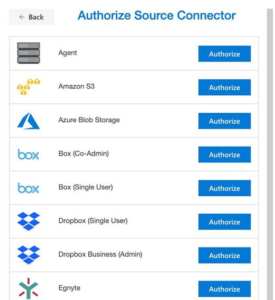How to Migrate Data From Local Hard Drives to Azure Blob Storage
Migrate Data From Local Hard Drives to Azure Blob Storage
To migrate data from local hard drives to Azure blob storage, you need to select a Storage Blob Data Contributor role and add the appropriate permissions to your account. You can also use Azure Import/Export to copy the data from your current system to the new storage account. The process is fairly simple, and you can migrate data from any type of storage to Azure blob storage with ease.
The first step is to identify which data sources need to be migrated. This phase can be completed manually or with automated tools. You can also use commercial ISV tools to help with this step. The next step is to choose the right target storage service. This choice depends on the application you’re using, how users will access the data, and the technical and financial aspects of the migration. For example, if your data is stored in local hard drives, you’ll likely want to migrate data to Azure blob storage to reduce storage costs.

Data migration is an important step when implementing the cloud. Microsoft provides various tools and services to help with this process. One such tool is Cloudiway, which is easy to use and requires no software installation. It is highly customizable, and you can choose how much or how little you want to migrate. And since the Cloudiway tool is built by Microsoft technology experts, you’ll get substantial free support and paid consulting services.
How to Migrate Data From Local Hard Drives to Azure Blob Storage
When it comes to migration, you must first understand the different types of data stores that Azure provides. Then, you can decide which tool is best suited for your needs. Azure offers a wide variety of data types, and selecting the right tool is essential for successful migration. However, the right tool is not the same for every data type, so make sure to select one that works best for your needs. And be sure to choose one that has a high level of security and reliability.
A third option for data migration is the use of cloud-based storage. With Cloudsfer, you can easily migrate content from your existing file systems to Azure Blob Storage. It supports several filters and directory structures, as well as easy backup and restore to Azure. It also supports over 30 integrations, so you can use it in your environment without having to install additional software. If you’re not sure about which service to use, sign up for a free trial and chat with an integration expert.
To migrate data to Azure blob storage, you must create a storage account on Azure. You must select a unique name for the account. It should be three to 24 characters long and must be unique across Azure. The name may contain lowercase letters or numbers, but the name should be between three and 24 characters long. A unique name will make it easier for others to locate and access the data in the cloud.